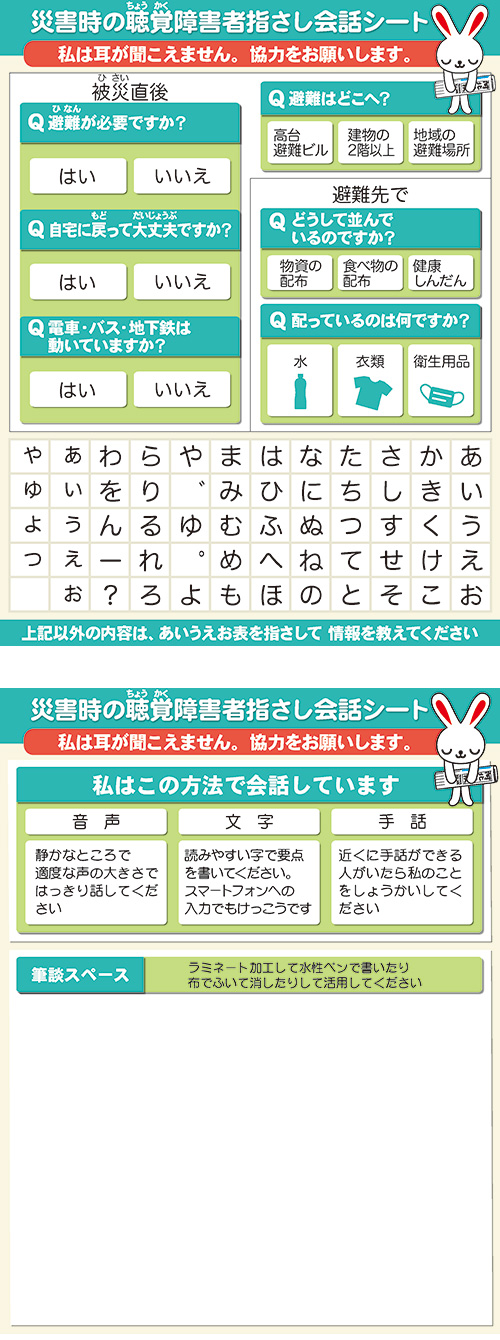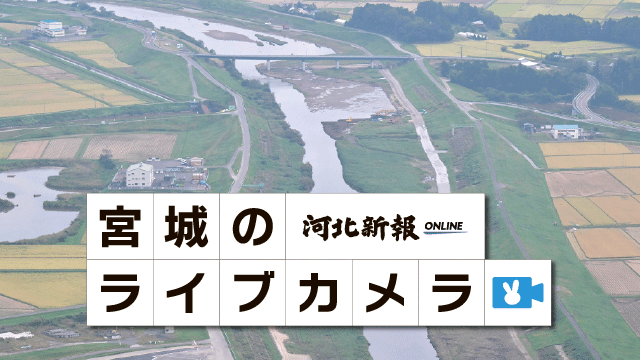Part 5: Pitfalls in Preparation (3) Hazard maps and devastation in the “safe zone”




“Hazard maps” highlight zones vulnerable to natural disasters like tsunamis, floods, and landslides. Despite living outside of the designated flood zones, many residents from those areas fell victim to the Great East Japan Earthquake.
A resident of Unosumai, Kamaishi City, Isao Sato (75) lived about 1.5 kilometers away from the coast overlooking Otsuchi Bay. After the violent tremors stopped, he anticipated a tsunami but did not think it would be “too serious.”
Often involved with the community disaster drills as a neighborhood association officer, he knew his home was about a kilometer away from the flood zones.
“Even if we evacuate, we’ll probably be back home soon,” Mr. Sato thought to himself. He and his wife Chikako (age 70) were about to leave with their emergency bag when they remembered their medication and doubled back.
Finally on their way out, they ran into a man who lived in the neighborhood. He took it easy and said, “No way [the tsunami] will reach here.”
Ten minutes had passed since the tremors. Suddenly the nearby river swelled, and they saw a mass of water hurtling towards them.
“We can’t stay here!” Together the Satos and the neighbor fled.
Finding elevation was a priority, and the mountain behind Gozaisho-no-Sato, a local nursing home, was the best choice. They had seen their beloved car washed away by the muddy stream from the river and collide with the walls of their own house. Pursued by the tsunami, they all barely managed to reach the mountains. When they looked back, their own home and every other house supposed to be “outside of the flood zone” was floating in the water.
Of the 180 residents in 93 households living in the Satos’ town, more than 40 died in the tsunami . It seems that most of them did not evacuate or only went up to the second floor of their home.
Toshitaka Katada is Kamaishi’s advisor of crisis management and disaster prevention, and a professor of disaster social engineering at the Gunma University Graduate School. In a survey conducted on the Otsuchi Bay area, he found that more than 80 percent of the 400-plus victims and missing persons were residents living outside of the flood zones.
Before the earthquake disaster, 29.8% of the citizens were aware of “living outside of the flood zone” whereas only 11.3% knew they were “living in the flood zone.”
Finding that a high percentage of people living outside the flood zone were aware of these maps, Professor Katada interpreted that “the maps have become a source of reassurance and raise the probability of not evacuating.”
The use of these maps has taught a significant lesson. Ultimately, hazard maps are just one conjecture and not “safety confirmation maps.”
Yoshikatsu Yamazaki, Kamaishi City Crisis Management Inspector, stated, “Regardless of if you are in or out of the flood zone, we must advocate the importance of evacuation action.”
◎Creating maps, improving understanding / Addressing public concerns
In Hanabuchihama, Shichigahama town, Miyagi prefecture, the experience of creating “hazard maps” generated useful and life-saving evacuation knowledge.
At the time of the earthquake, vice president of a volunteer disaster prevention group Toru Suzuki (59) was at his home near the fishing port. Anticipating a tsunami, he immediately left once the tremors stopped and headed towards Dosho Temple. Neighbors had agreed to head for the temple in case of an evacuation.
Including Suzuki, there were 47 people who managed to evacuate to the temple grounds. Moments later, the radio announced what he had predicted: a 5-meter-plus tsunami coming their way.
Knowing the height of the temple was only 3 meters, he came to the only conclusion: the tsunami would inundate the temple. He urged the evacuees to retreat into the elevated cemetery. After twenty minutes in which everyone relocated, tsunami water and the debris it carried surged into the temple.
The tsunami reached 6 meters in height and desolated 3 of the 12 temporary evacuation shelters. Even at Dosho Temple and two other shelter locations, evacuees felt unease and moved to safer areas. In total, there were 9 victims out of 1422 residents ? low when compared to other districts.
Six years prior to the earthquake and tsunami disaster, the residents of Hanabuchihama made the original “hazard map” in tandem with the launch of the volunteer disaster prevention group. The meticulously detailed map displayed everything from regional contour to disaster shelters. “We worked on researching how each person understood evacuation. We held discussions with locals because we wanted to make a disaster map that matched with the actual data from the region,” Suzuki recalled.
A local resident and professor of geography at Tohoku University Graduate School, Toyohiko Miyagi participated in the map’s development as an advisor. In order to produce a highly functional map, the group sought out shelters easily accessible even for the elderly.
Utilizing a theoretical 3.3-meter-high wave caused by an offshore earthquake in Miyagi, twelve particular private lots and homes were appointed temporary shelters. The map featured various resources including color-coding of the designated shelters. Each of the 400 households in the district received a copy.
Periodically, the city tested their crisis protocols by using the information provided on the maps. Without fail, at the end of the simulations residents would discuss any problems with the evacuation procedure, such as: “What would we do if something big like the Sumatra-Andaman earthquake hit us?” “Let’s head to someplace higher from the shelter.”
The disaster volunteer group drew from the people’s opinions and made alterations to shelters and such whenever necessary. The map has been revised three times by 2010. The newest edition of the map was laminated and set with larger print on A3-size paper.
A week after the Great East Japan Earthquake, a resident came to speak to Professor Miyagi. “I remember you told us to evacuate to higher grounds even if a tsunami didn’t come?that saved my life. Thank you!”
“Since the map is a tool, it’s meaningless if our government doesn’t distribute it. The most important task that makes the map successful is ensuring the people have appropriate understanding of their environment and embrace a readiness for worst-case scenarios,” explains Professor Miyagi.
Translated by Margaret Ngo
May 1, 2013 (Wed.)
[Japanese] http://www.kahoku.co.jp/special/spe1114/20130501_01.html
 朝刊・夕刊
朝刊・夕刊 記事を探す
記事を探す FAQ
FAQ















